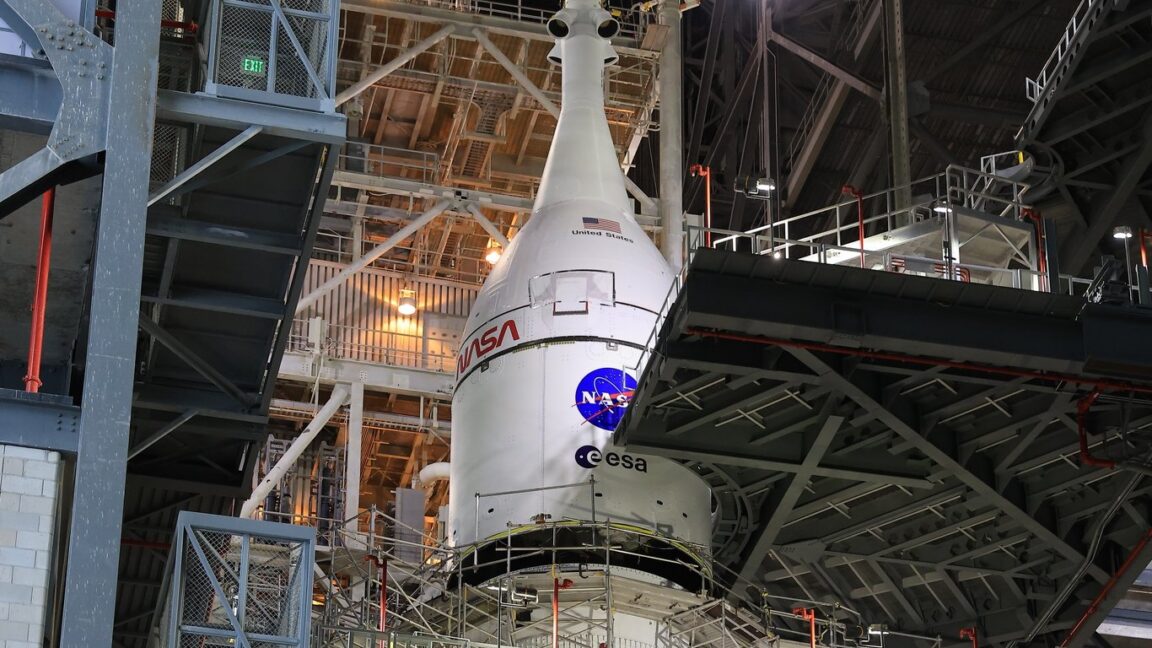Building a long term base on the Moon has always stumbled over one stubborn shortage, water. A study recently published describes a device that heats lunar soil to pull water out of the dirt and, in the same chamber, uses that water to turn exhaled carbon dioxide into oxygen and materials for fuel.
“We never fully imagined the ‘magic’ that the lunar soil possessed,” said Lu Wang of the Chinese University of Hong Kong.
The researchers say the one step approach could slash the mass of supplies future crews must haul from Earth.
Shipping water is unsustainable
Rocketing water into space is painfully expensive. NASA once pegged the cost at about $83,000 for every gallon that leaves Earth’s gravity well.
Each astronaut drinks roughly four gallons per day, and that figure does not include hygiene, food preparation, or plant cultivation. Over a six month mission, one crew member would need a barge’s worth of liquid.
Launch prices are falling, yet even the cheapest commercial rides still charge thousands of dollars per pound. Water quickly becomes the heaviest line item on any manifest.
Those eye watering figures push agencies toward in situ resource utilization (ISRU), the practice of making essentials from local materials instead of paying to haul them across a quarter million miles.
Lunar soil holds hidden water
The Chang’e 5 mission returned dusty gray samples from Oceanus Procellarum in 2020. Analyses of those grains revealed at least 170 parts per million of molecular water locked inside common lunar minerals.
Much of that moisture forms when solar wind protons smack into oxygen atoms on the surface, creating tiny hydroxyl and water molecules that cling to glass and silicate crystals.
Because this process happens everywhere sunlight hits, mid latitude regions can be moist as well as the famously icy poles.
The catch is concentration: miners would still need to heat several tons of regolith for every household bucket they hope to fill.
The payoff is big enough to justify the effort. Water secures life support, radiation shielding, and, once split into hydrogen and oxygen, a potent propellant.
Sunlight powers lunar water and fuel creation
The new prototype relies on photothermal catalysis, a method that focuses sunlight onto a black ceramic reactor until interior walls glow. Temperatures soar above 1,800°F, hot enough to vaporize bound water molecules.
Instead of running two separate units, the team lets that same heat drive carbon dioxide reduction. Released hydrogen teams with CO₂ to make carbon monoxide, while leftover oxygen is freed for breathing or combustion.
Tests used dust from Chang’e 5 alongside synthetic stand ins, all packed around a quartz window that admitted concentrated light. Reaction rates improved with every watt of illumination, confirming that the Sun can supply the energy instead of an electric heater.
Because no pumps or moving parts touch the soil, the rig stays compact. A lander the size of a refrigerator could, in principle, process hundreds of pounds of dirt each lunar dawn.
Ilmenite boosts water and fuel output
Much of the action centers on ilmenite, a titanium iron oxide that stains the lunar maria charcoal black. Besides hiding hydrogen, the mineral contains iron atoms that help shuttle electrons during CO₂ conversion.
Lab experiments suggest one ton of ilmenite rich regolith can yield about 112 to 168 pounds of drinkable water. That is enough to cover the daily needs of fifty people.
The same batch of lunar soil leaves behind metallic iron, a useful feedstock for future construction or radiation shields. Engineers could smelt structural beams and refill lunar water and life support tanks from the same scoop.
Survey data show ilmenite deposits clustering in basaltic plains, so prospectors will need detailed maps and perhaps bulldozers before picking reactor sites.
Challenges remain, but progress is real
Moon days bake hardware at 260°F, and nights plunge to 280°F, a swing that can crack seals and warp lenses. Radiation showers electronics with charged particles that slowly erode semiconductors.
Dust grains cling to everything, abrading joints and clogging filters. Even soil composition varies from crater to crater, forcing reactors to adapt on the fly.
The authors emphasized in their study that addressing the technical challenges and high costs tied to development, deployment, and operation is essential for achieving sustainable lunar water use and enabling long-term space exploration.
Yet momentum is building. China aims to field a robotic base near the south pole by 2035, while NASA’s Artemis program plans multi week crewed visits and a permanent orbital station. A compact, sun powered unit that turns dirt into air and fuel could be the missing piece that lets those ambitions stick.
The study is published in Joule.
—–
Like what you read? Subscribe to our newsletter for engaging articles, exclusive content, and the latest updates.
Check us out on EarthSnap, a free app brought to you by Eric Ralls and Earth.com.
—–



